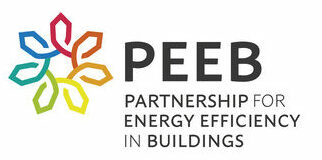How can digital solutions improve energy efficiency in buildings? Smart and efficient – Digital solutions to save energy in buildings gives answers to this question. This new PEEB report is both a think-piece and a practical guide for building sector professionals. It draws on the current literature and interviews with 28 experts worldwide. We showcase how digital solutions can support the transition to more energy-efficient buildings, from design to demolition, and point out the limitations and gaps.
The report highlights a few main take-aways:
- The biggest potential for energy efficiency will likely not be in fully automated buildings, but in smart, easily accessible, and widely used applications.
- New business models like shared living or build-to-rent might benefit energy efficiency and can be implemented with the help of digital solutions.
- The operation phase accounts for about 80% of costs and energy consumption in the lifetime of a conventional building. Fast and easy tools to monitor and optimise real energy performance are needed.
- Building data is still a massively underused resource. Benchmarking building performances can be a quick and cost-effective way to identify savings for future buildings.
Overall, a clear focus on users and ‘making it simple’ is essential. Buildings do not need to become completely ‘smart’ to achieve energy efficiency. Many digital solutions are available on the market, but there is still much room to better integrate existing tools.
